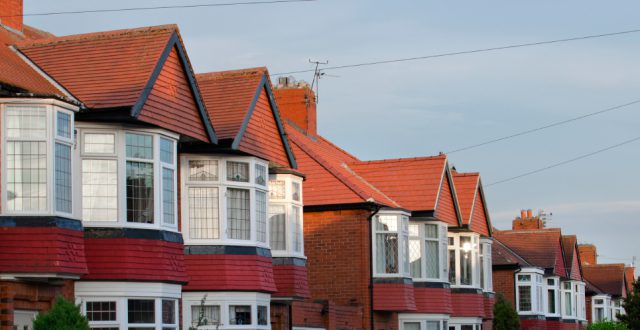79% of tenants happy with their landlord
A new survey of over 800 Private Rented Sector tenants has returned pleasing results for buy-to-let landlords.
According to the investigation by BDRC Continental, 90% of those questioned said that they felt their rental accommodation is their home.
Satisfied
Further data from the survey indicates 79% of tenants are satisfied with their current landlord. 13% replied that they had rented from a rogue landlord in the past, down from 15% in the previous quarter.
Surprisingly, average rents decreased amongst respondents, sliding from £660 in quarter three of 2015, to £607 in quarter four.
As a result, those believing their rent to be either good or very good value increased from 18% and 48% in quarter three to 20% and 49% respectively n quarter four of last year.
The average length of time tenants are staying in the sector for has also risen, from 12 years in quarter three of last year, to 14 in the final quarter. Respondents to the survey were found to have spent an average of 9.5 years in their present rental properties.

79% of tenants happy with their landlord
Changing demographic
John Heron, Director of Mortgages at Paragon, noted, ‘our latest tenant survey data highlights the way in which tenure distribution in the UK is continuing to change. In common with the most recent English Housing Survey we are seeing greater numbers of families living the in the PRS and for longer periods of time. This has coincided with improved levels of satisfaction and better value, it is clear that many tenants in the PRS regard the sector as their long term home.’[1]
‘This latest data highlights more clearly than ever, the vital role the PRS now plays in housing Britain and housing policy needs to be applied carefully, to reflect this fact and to avoid impacting those who rely on the PRS for a home,’ Heron added.[1]
[1] http://www.propertyreporter.co.uk/property/90-of-tenants-consider-their-rented-property-to-be-their-home.html







